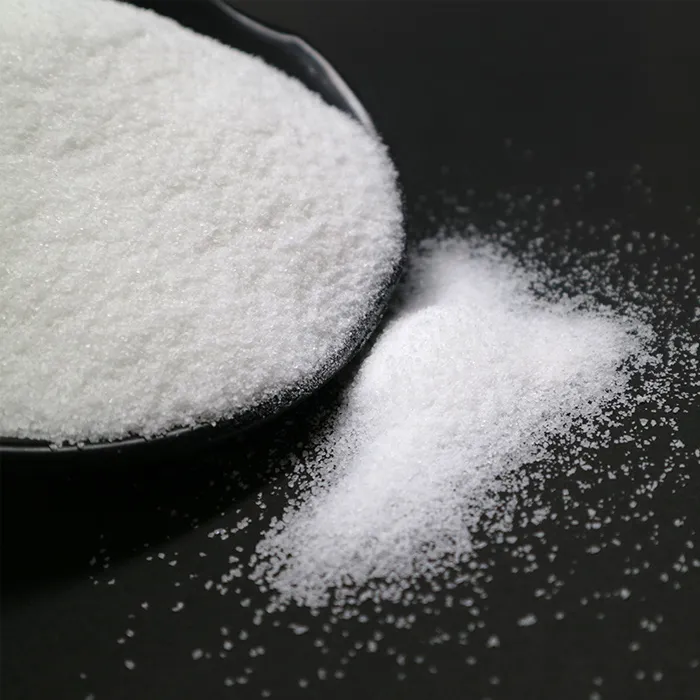Understanding Dechlorinator Chemicals Importance and Applications
Dechlorinator chemicals play a pivotal role in water treatment processes, specifically aimed at removing chlorine and chloramine from water supplies. Chlorine is commonly used as a disinfectant in municipal water systems to eliminate harmful pathogens; however, its presence in drinking water can lead to various health concerns and unpleasant tastes and odors. Therefore, dechlorination is not just a procedural step but a crucial aspect of ensuring water safety and quality.
What Are Dechlorinator Chemicals?
Dechlorinator chemicals are substances specifically designed to neutralize chlorine and chloramines. The most commonly used dechlorinators include sodium bisulfite, sodium metabisulfite, and ascorbic acid (vitamin C). These chemicals work by chemically binding with chlorine and chloramines, rendering them harmless and thus preventing potential detrimental effects on health and the environment.
The choice of dechlorinator often depends on the specific application and the characteristics of the water being treated. For instance, sodium bisulfite is widely used in both industrial applications and aquaculture to detoxify chlorine in effluent water before it is released into natural waterways. On the other hand, ascorbic acid has gained popularity for its eco-friendliness and is favored in applications involving sensitive aquatic life, ensuring that no harmful residues are left behind.
Importance of Dechlorination
Dechlorination is essential for several reasons
1. Protecting Aquatic Life Chlorine and chloramines can be lethal to fish and other aquatic organisms. In aquaculture and when treating water for recreational purposes, removing these substances is vital to maintaining a healthy environment.
2. Improving Water Quality High levels of chlorine can result in undesirable taste and odor in drinking water, leading to public dissatisfaction. Dechlorinators help improve the aesthetic quality of water, making it more palatable for consumers.
3. Preventing Chemical Reactions Chlorine can react with organic materials in water, leading to the formation of harmful by-products, such as trihalomethanes (THMs) and haloacetic acids (HAAs), which have potential carcinogenic effects. By removing chlorine, dechlorinators help to mitigate these risks.
dechlorinator chemical

4. Enhancing Industrial Processes Many industrial processes require chlorine-free water for quality assurance, particularly in food processing and pharmaceuticals. Dechlorination ensures that equipment and processes function optimally without the interference of chlorine.
Applications of Dechlorinator Chemicals
Dechlorinator chemicals are utilized in various settings, including
- Municipal Water Treatment Water treatment facilities often incorporate dechlorination into their processes to ensure water is safe for public consumption.
- Aquaculture In fish farming, the removal of chlorine is critical in preserving the health of aquatic species, as they are particularly sensitive to chlorine exposure.
- Swimming Pools Pool maintenance often includes dechlorination to make water safe for swimming, particularly when using chlorine-heavy treatments.
- Laboratories In scientific research, chlorine-free water is necessary to prevent interference in chemical reactions and experiments.
Conclusion
Dechlorinator chemicals are an indispensable component of modern water treatment systems. The importance of removing chlorine and chloramines cannot be overstated, given their impact on health, environmental safety, and water quality. As we continue to prioritize clean and safe water, the role of dechlorinator chemicals will remain significant across diverse sectors. Understanding their properties, applications, and benefits helps ensure that we make informed choices about water treatment processes, ultimately contributing to better health outcomes and environmental conservation.
In summary, the effective management of water quality through the use of dechlorinator chemicals serves not only to enhance our water supply but also to protect aquatic ecosystems and public health alike. As society pushes for improved water safety standards, the importance of these chemicals in achieving such goals becomes increasingly clear.

